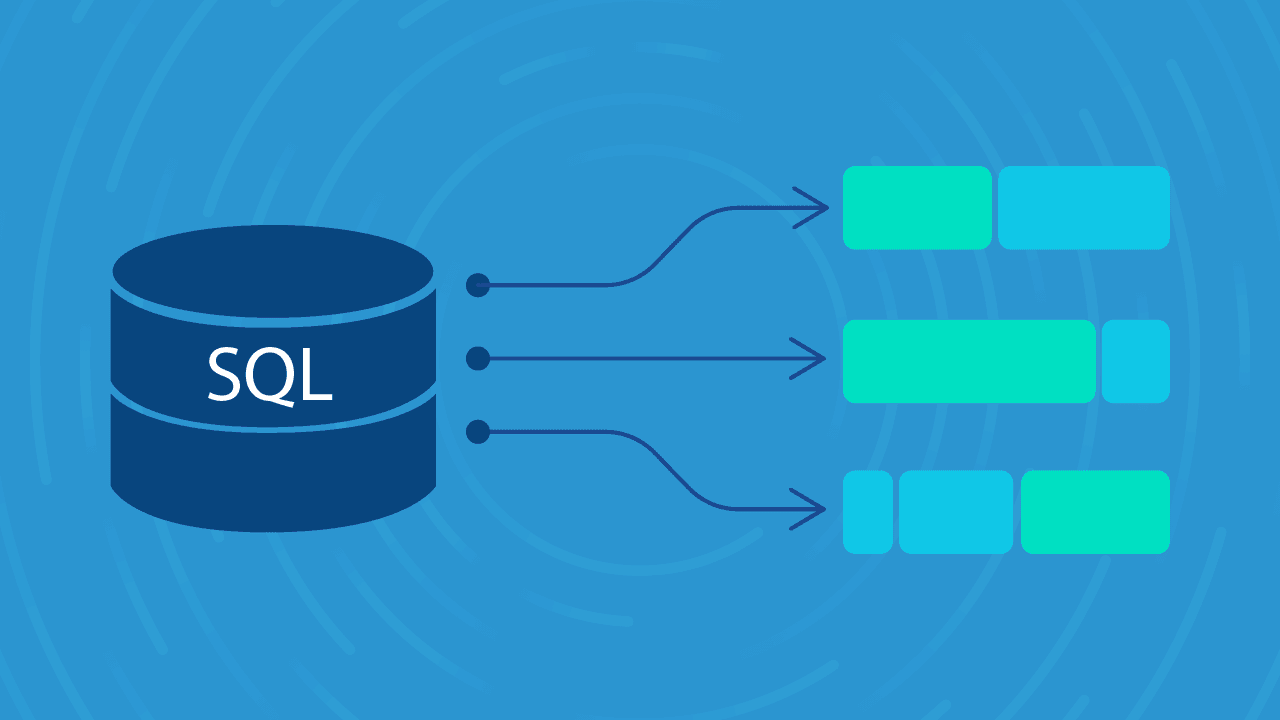SQL Practice: Solving Common Data Manipulation Problems with Detailed Queries
 SOURAV BERA
SOURAV BERA
In this blog post, we'll dive into solving common data manipulation problems using SQL queries. We'll explore various scenarios related to employee and department information, as well as customer orders, and provide detailed SQL solutions for each scenario. Whether you're new to SQL or looking to sharpen your query skills, this guide will walk you through step-by-step solutions to tackle these tasks effectively.
-- Creating the employees table
CREATE TABLE employees (
employee_id SERIAL PRIMARY KEY,
employee_name VARCHAR(50),
department_id INT REFERENCES departments(department_id),
salary DECIMAL(10, 2),
hire_date DATE
);
-- Creating the departments table
CREATE TABLE departments (
department_id SERIAL PRIMARY KEY,
department_name VARCHAR(50)
);
-- Inserting sample data into the departments table
INSERT INTO departments (department_name) VALUES
('HR'),
('Marketing'),
('Finance'),
('IT'),
('Sales'),
('Engineering'),
('Customer Support'),
('Administration'),
('Research'),
('Quality Assurance');
-- Inserting sample data into the employees table with a foreign key constraint
INSERT INTO employees (employee_name, department_id, salary, hire_date) VALUES
('John Doe', 1, 60000.00, '2022-01-10'),
('Jane Smith', 2, 75000.50, '2021-05-22'),
('Bob Johnson', 3, 80000.75, '2020-11-15'),
('Alice Williams', 4, 90000.25, '2019-08-03'),
('David Lee', 5, 65000.50, '2020-03-18'),
('Sara Brown', 6, 70000.00, '2021-09-28'),
('Mike Miller', 7, 55000.75, '2022-02-05'),
('Emily Davis', 8, 95000.00, '2018-12-12'),
('Chris Wilson', 9, 72000.50, '2020-06-30'),
('Amy White', 10, 68000.25, '2021-11-09'),
('John Johnson', 1, 62000.00, '2022-01-15'),
('Jessica Thompson', 2, 78000.50, '2021-06-05'),
('Michael Harris', 3, 85000.75, '2020-11-25'),
('Emma Martinez', 4, 92000.25, '2019-09-15'),
('James Taylor', 5, 67000.50, '2020-04-08'),
('Sophia Anderson', 6, 72000.00, '2021-10-10'),
('William Jackson', 7, 56000.75, '2022-02-10'),
('Olivia Nelson', 8, 97000.00, '2018-12-20'),
('Daniel White', 9, 73000.50, '2020-07-05'),
('Ava Wilson', 10, 69000.25, '2021-11-15'),
('Matthew Brown', 1, 63000.00, '2022-01-20'),
('Emily Garcia', 2, 76000.50, '2021-06-15'),
('Christopher Allen', 3, 86000.75, '2020-12-05'),
('Madison Hall', 4, 93000.25, '2019-09-25'),
('Andrew Cook', 5, 68000.50, '2020-04-18'),
('Abigail Torres', 6, 73000.00, '2021-10-20'),
('Ethan Murphy', 7, 57000.75, '2022-02-15'),
('Ella King', 8, 98000.00, '2018-12-28'),
('Nathan Rivera', 9, 74000.50, '2020-07-15'),
('Mia Roberts', 10, 70000.25, '2021-11-20');
Inner Join to Retrieve Employee and Department Information:
SELECT * FROM employees AS E JOIN departments AS D ON E.department_id = D.department_id;Show Department Name with Average Salary:
SELECT department_name, ROUND(AVG(salary)) AS average_salary FROM employees JOIN departments ON employees.department_id = departments.department_id GROUP BY department_name;Count Employees in Each Department:
SELECT department_name, COUNT(*) AS Number_Of_Employees FROM employees JOIN departments USING(department_id) GROUP BY department_name;Find the Department name with the Highest Average Salary:
SELECT department_name, AVG(salary) AS avg_salary FROM employees JOIN departments USING(department_id) GROUP BY department_name ORDER BY avg_salary DESC LIMIT 1;Count Employees Hired Each Year:
SELECT EXTRACT(YEAR FROM hire_date) AS year, COUNT(*) AS hire_count FROM employees GROUP BY year;
ORDER TABLE
CREATE TABLE orders (
order_id SERIAL PRIMARY KEY,
customer_id INT,
order_date DATE,
total_amount DECIMAL(10, 2)
);
-- Inserting sample data into the orders table
INSERT INTO orders (customer_id, order_date, total_amount) VALUES
(1, '2022-01-05', 100.50),
(2, '2020-01-07', 200.75),
(1, '2022-01-08', 150.25),
(3, '2020-05-10', 300.00),
(2, '2022-01-15', 180.50),
(3, '2022-01-20', 220.25),
(1, '2022-01-25', 90.00),
(2, '2022-01-28', 120.75),
(3, '2021-02-01', 250.50),
(1, '2022-02-05', 180.25);
Find customers who have placed more than 2 orders and calculate the total amount spent by each of these customers.
SELECT customer_id, COUNT(*) AS order_count, SUM(total_amount) AS total_spent FROM orders GROUP BY customer_id HAVING COUNT(*) > 2;
Find the total amount of orders placed each month in the year 2022.
SELECT EXTRACT(MONTH FROM order_date) AS month, SUM(total_amount) AS month_wise_total FROM orders WHERE EXTRACT(YEAR FROM order_date) = 2022 GROUP BY month;
In summary, we explored SQL queries to analyze employee and order data. These queries allow us to retrieve information, calculate averages, count records, and more. SQL is a valuable tool for data analysis and decision-making in various fields.
Subscribe to my newsletter
Read articles from SOURAV BERA directly inside your inbox. Subscribe to the newsletter, and don't miss out.
Written by

SOURAV BERA
SOURAV BERA
👋 Hey there! I'm Sourav Bera, a seasoned MERN (MongoDB, Express.js, React.js, Node.js) full-stack developer with over 3 years of hands-on experience in crafting robust and scalable web applications. 💻 I thrive on solving coding challenges and building elegant solutions to complex problems. Whether it's tackling algorithmic puzzles or optimizing performance, I'm always up for a coding adventure! 🌐 Beyond coding, I have a keen interest in Low-Level Design (LLD) and High-Level Design (HLD), where I enjoy architecting systems and crafting elegant solutions that scale. I'm passionate about database design and love crafting efficient data models that power applications seamlessly. 🚀 When I'm not immersed in code, you can find me exploring the latest trends in technology, honing my skills, or sharing insights and experiences with the developer community. Let's connect and embark on a journey of continuous learning and innovation together! https://www.linkedin.com/in/developersouravbera/